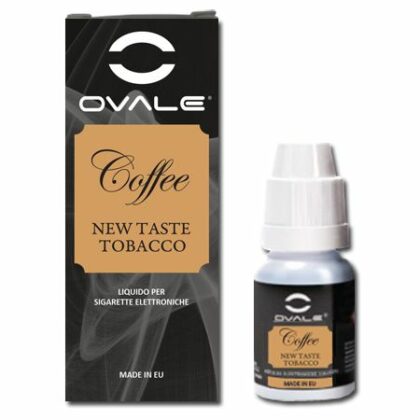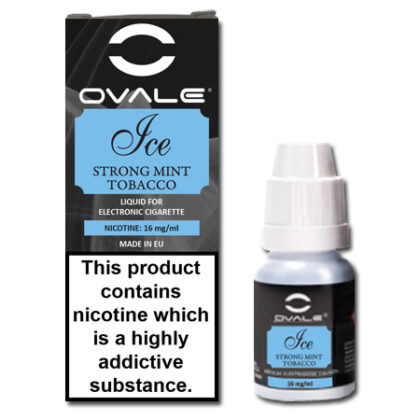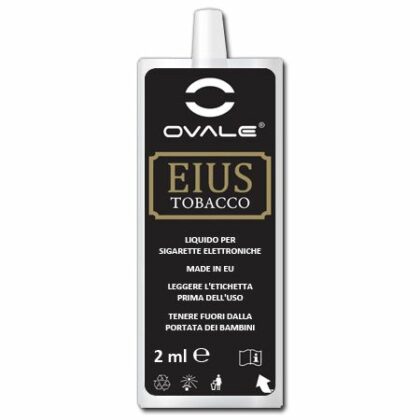Eius Code is a liquid produced by Ovale, leader in the electronic cigarette market, which exclusively created the formula also known as wireless nicotine.
The liquid consists of purified aromatic water that is exposed (using innovative technology) to the encoded information of the nicotine molecule. This process is achieved without the molecule, but using rhythmic oscillations.
The key to this process is a code that transfers all the information relating to nicotine to the water, giving the vaper the sensation of nicotine without actually taking it.
Ovale, attentive to the needs of its customers and new technologies, has invested in a new scientific and technical method based on the “transfer frequency”.
The TF and the scientific principles on which wireless nicotine is based.
The principle on which wireless nicotine is based is the TF “transfer frequency”. It consists of passing information about a component to the water, through electronic circuits, using its properties without taking the substance itself (in this case nicotine). This is achieved by using a frequency amplifier with input and output. A sample of the substance (nicotine in our case) is introduced into the inlet and a bottle of water into the outlet.
A preset frequency stimulates incoming nicotine and captures its signal, which is amplified and saturated in the water at the machine’s exit. The frequency emitted by the nicotine is recorded by the liquid becoming a “watery” version of the nicotine.
The transfer frequency allows you to transfer a group of information that defines a substance (its code) to another substance (for example, but not exclusively, water). Like a barcode, this code represents the computing core of the substance, its identity, structure, shape and properties. The code behaves like a map from which structural references are retrieved and transferred to another substance. The use of OVALE CODE is fundamentally the same as using it with the substance itself.
The TF allows the recording of field variations released by molecular movements which are then used in place of the molecule itself. The water treated in this way chemically remains H2O, but from a physical point of view it behaves in a similar way to the substance.
The transfer frequency acts like a tape recorder on which the “voice” of the molecule, in this case nicotine, is recorded. When the nicotine code is recorded, it can be reproduced in cells which will respond as if they were in the presence of nicotine itself.
Wireless Nicotine is based on this code procedure which, like its method of use, cannot be copied or reproduced.
Ovale has invested in the TF technique to exclusively obtain the nicotine code. Following the directions of the scientists who developed TF, Ovale produced and built a machine for transferring the nicotine code to water.
Research and laboratory tests
To support the scientific literature of the last 20 years and on TF, specific tests regarding nicotine were carried out
Professor Vittorio Elia, of the Federico II University of Naples, carried out conductometric tests, transferring the frequency on nicotine (TFN) in a water-alcohol solution and then comparing it with untreated water.
It has been observed that, from a physicochemical point of view, TFN-treated water is different from ordinary water. According to Professor Elia, water assimilates dissolvable structure, a phenomenon studied by Nobel Prize winner Ilya Prigogine.
Professor Giuseppe Martelli, from the University of Basilicata, conducted studies and spectrometric tests of TFN with organic distilled water which, compared to untreated water and “TFN”, confirmed traces of TFN within the range of molecular nicotine . These tests demonstrate that the information on nicotine remains imprinted in active solutions.
This also demonstrates that TFN causes physical changes in the treated water, where traces of TFN are present in the nicotine range.
Aroma: EIUS TOBACCO.
Packaging: 20 ml (glass bottle).
This product does not contain nicotine.
Made in Europe.



